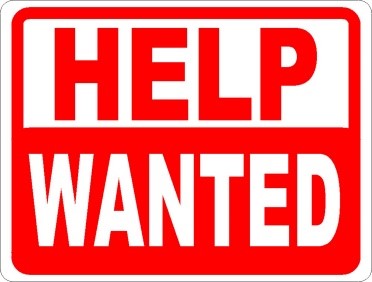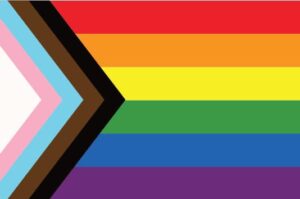The month of love, groundhogs, and your next new job!
It is definitely an interesting time for job seekers right now, and a challenging time for employers. As the local labour market attempts to bounce back from the impacts of the pandemic, we are seeing changes to how employers are looking for staff.
The next time you are out in the community, pay attention to the return of this sign.

Local employers are utilizing a variety of methods to advertise their positions, and you may have noticed the help wanted sign has made a significant comeback in popularity. Online job advertisements are not bringing in the job seekers at the same pace as before the pandemic, so who better to ask if they are interested in a job than their customers. The thought process being, if someone is interested in shopping at their store, perhaps they are interested in working there as well.
As a job seeker, you will want to keep a copy of your resume with you when you are out in the community. Over the last few months, I have worked with several clients who have walked into a business, noticed a help wanted sign, and have asked to speak with a manager. Quite a few are getting on-the-spot interviews, and some are even hired immediately.
The other trend I have noticed is the job seeker who takes the extra initiative in their job search, such as going into a business and asking if they are hiring, even if there is no “help wanted” sign posted. This has also resulted in positive responses.
For the most part, employers are always looking for talent. You can create an opportunity to showcase your ability to be resourceful by asking to speak with the manager or owner, and it just may result in an interview or job offer!
Mich Roy
Employment Consultant
